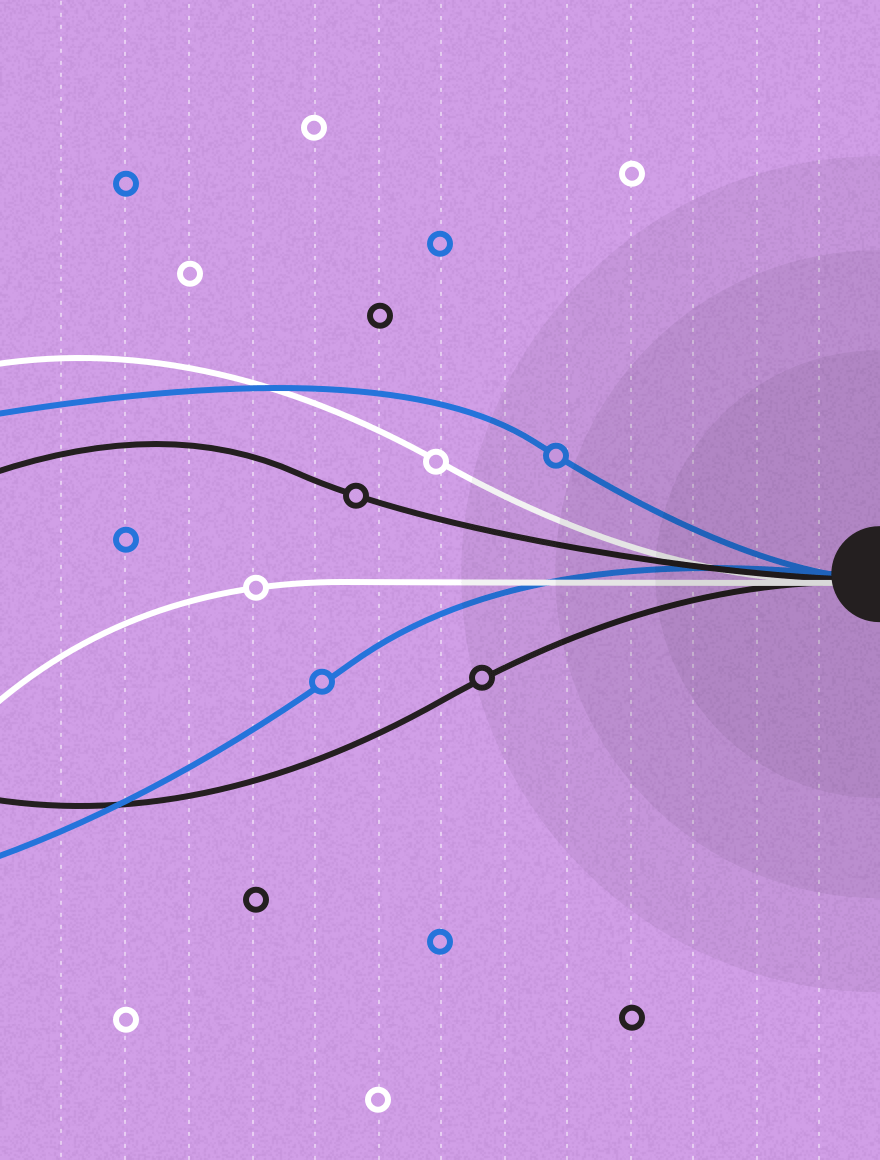By Stephen Pappas
I recently rewatched a Netflix Western that came out a few years ago, “Godless.” It’s set in 1884 in New Mexico. A mining accident has dramatically altered a frontier town, but only a few characters recognize that life is forever changed, and are living their new lives accordingly. The rest yearn to recreate life as it was.
Spoiler: Life does not go back to the way it was.
The second year of COVID-19 has us impatient to go back to the lives we were leading before the pandemic. But “life as it was” has always been marked by big changes, even without a pandemic, so let’s think about the changes the past year has reinforced.
Change No. 1: Institutionalize adaptability
The consultants at Deloitte have thoughts about the pandemic’s lessons for banking and credit unions. Because Panviva is a technology company, two tech-related lessons stand out for us:
-
“Banks that invested in digitizing their businesses over the last decade demonstrated higher agility and resilience in adapting to COVID-19-led changes than others.
-
“Digital inertia has faded: There is now more appetite for technology-driven transformation.”
In other words, life is going to continue to throw surprises at us. The lesson there is to develop ways to adapt.
Change No. 2: Some customer experience is shifting to virtual
Just as financial institutions were developing more ways for customers to interact online before the pandemic, they’ll continue that trend after. That’s one of the conclusions of U.S. News and World Report.
Virtual customer experience will include “digital hand-holding during complicated processes such as mortgage or commercial loan applications,” plus automated transactions via chatbots, mobile apps, and other such digital channels—the “omnichannel.”
The research and consulting firm Gartner puts the digital customer experience at the top of its list of strategic trends.
The lesson here is to include these digital channels among the ways we adapt.
Change No. 3: Customers still want to work with people
The financial payments company Fiserv, Inc., anticipates that branches’ front-line employees will move to more advisory roles. To fulfill those roles, they’ll need guidance and training.
And of course, call centers will remain busy. A Panviva administrator told us, “people want to talk to someone and know they’re taken care of.”
In summary, as another Panviva credit union customer told us, “It’s the old story: Give members technology when they want it, people when they don’t.”
Lessons bring knowledge
Knowledge management is the central problem of all three lessons above:
-
Knowledge management enables resilience, supporting and guiding change.
-
Knowledge management can support the shift to digital customer service channels.
-
Knowledge management supports the workforce, whether in branches or remote and distributed.
It’s not surprising we at Panviva see the problem in terms of knowledge management, seeing as how that’s our technical specialty. But look closely—it really is an elegant solution to multiple problems.
Financial services executives share their pandemic lessons
You may enjoy watching a Panviva-hosted discussion of financial services executives who’ve used our knowledge management technology to address the pandemic.
Mark Whitney is the associate vice president of Apple Federal Credit Union of Northern Virginia. One of Mark’s concerns has centered around supporting his call center agents.
“I’m a hands-on manager,” Mark says. “I like to call folks when they’re working remotely, but I could not do it because of all the meetings I need to participate in. People want to know how they’re doing, so I use a few platforms to give them feedback.”
Mark talks about those knowledge management platforms and more in this recorded discussion.
Joining Mark Whitney is Zach Eychaner, a senior vice president of 4Front Credit Union of Northern Michigan. Like all executives pushing out new technologies, Zach looks for ways to drive buy-in, and that applies to buy-in of a knowledge management platform.
“In the case of Panviva, it drove itself,” Zach says. “People talked about their successes, which drove adoption.”
In a remark honoring the popular change-management book, Zach remarks that “We received less ‘We’re going to move your cheese’ resistance.”
This conversation covered ways to facilitate change, adapt to change, and maintain those things you want to keep constant, such as outstanding customer experience.
It shows you:
-
How a knowledge management system maintains a single source of truth.
-
How knowledge management delivers a consistent message regardless of channel or device.
-
How better knowledge management delivers a pleasing customer experience in the face of continually changing products, services, and social circumstances.
And that’s just a portion of the agenda.
What is the “normal life” we return to?
The desire to go back to life as it was is not a bad thing—when we go back to the right thing. We cannot go back to the same ways of working, but we can go back to having confidence and comfort in our work. That’s what we invite you to discover in this recorded event.
